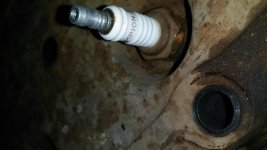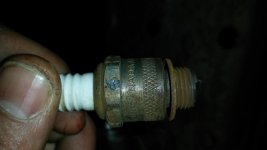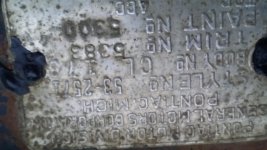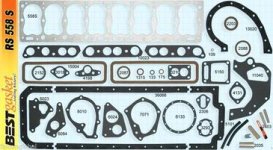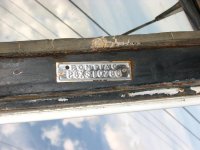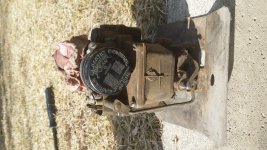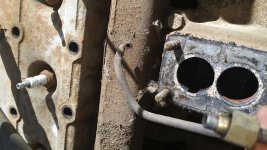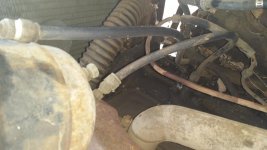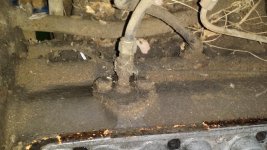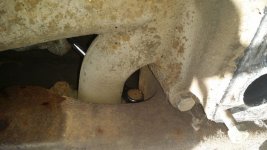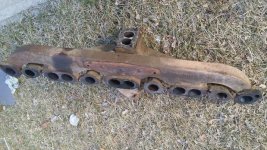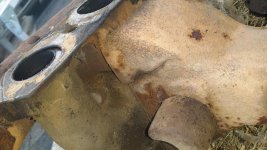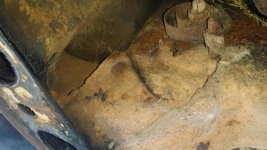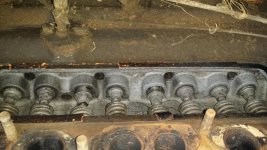Thank you Peter, I will go about the brakes once I get the engine running, if the stuck valves doesn't free by Saturday I will be sealing it up and starting it and see if it shakes free. I will definitely share the video of the first fire, I look forward to shaking it up a bit, LoL.
Do the cylinders absolutely need replacing or rebuilding?
I was thinking more along the lines of greasing things up and making sure the hydraulic lines are okay and the fluid is tip top.
Another thing I noticed, the spark plugs, some hoses, and other things are made in Canada, was this the standard at the time or can I assume somebody has already done work on this vehicle in its early years?
Do the cylinders absolutely need replacing or rebuilding?
I was thinking more along the lines of greasing things up and making sure the hydraulic lines are okay and the fluid is tip top.
Another thing I noticed, the spark plugs, some hoses, and other things are made in Canada, was this the standard at the time or can I assume somebody has already done work on this vehicle in its early years?


